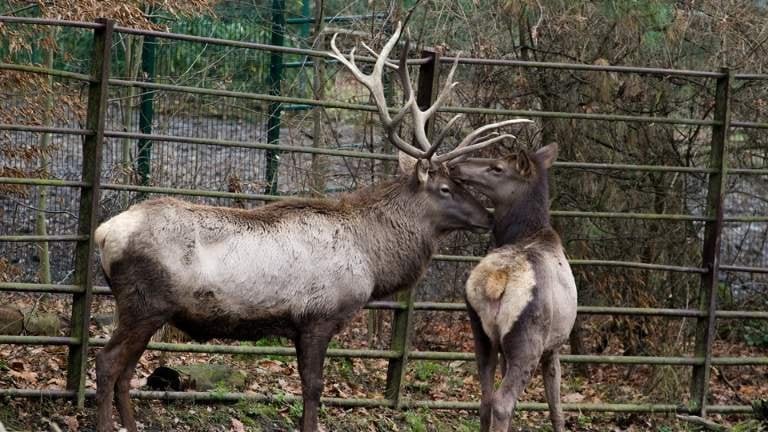As you stroll through the countryside, you might observe the local wildlife partaking in their daily banquet, discreetly feasting on what nature offers. You’re aware that deer have a varied palate, but it’s the specifics that elude many.
Now, consider milo, a grain that doesn’t usually take center stage in discussions about deer fodder. As a grain sorghum, it’s known for its hardiness, which might make you question its appeal to such discerning diners as deer. You might find yourself intrigued by the potential benefits of integrating milo into your land management practices.
Could this robust grain be a hidden gem in supporting the health and sustainability of deer populations? Stay with this exploration, and you’ll uncover insights that could change the way you view your next encounter with these elegant foragers.
Grain Sorghum for Deer
Considering its resilience and cost-effectiveness, grain sorghum serves as a practical food source for deer, especially in regions where traditional cool-season vegetation is scarce or drought conditions prevail. Known as milo sorghum in the deer community, it becomes a real deer hit when it reaches the dough stage, offering a high-energy meal that’s hard to pass up.
As you plan your food plot species profile, it’s worth noting that grain sorghum isn’t just a second-rate substitute for corn. Its ease of cultivation and lower input costs make it an appealing option for grain production, especially in areas prone to water stress. While sorghum seed may not initially seem as attractive to deer as corn, the nutrition it provides during the lean winter months can be lifesaving.
In essence, planting grain sorghum isn’t only cheaper and easier than corn, but it also doubles as cover, attracting a diverse array of wildlife ranging from pheasants to songbirds. This dual purpose—sustenance and sanctuary—solidifies grain sorghum’s place in your food plot strategy, ensuring you’re providing a robust habitat for deer and their wild neighbors alike.
Do deer eat milo?
Yes, they certainly do, especially when the milo sorghum reaches its dough stage, offering them a nutritious and energy-rich meal. As the sorghum plants break into maturity, the seed heads become particularly attractive to deer. They’ll often target these areas, seeking out the dense clusters of grain to eat the seed directly from the heads.
Throughout the whitetails’ range, milo has become an integral part of managing food plots for wildlife. Its resilience to harsh conditions and relatively low maintenance make it a go-to choice for many who are looking to support the local deer population. You’ll find that deer not only feed on the grain but also use the tall sorghum plants for cover, making these plots dual-purpose sanctuaries for the wildlife.
When you’re planning a food plot, incorporating milo can be a smart move. It’s not only cost-effective but also highly palatable for deer during the right growth stage. So, if you’re hoping to attract and nourish deer on your land, consider milo as a staple in your wildlife management strategy.
The Role of Milo in Deer Nutrition
While milo serves as an attractive food source for deer, its nutritional role is equally significant in supporting their health and growth. This grain sorghum, often planted specifically for deer, provides essential carbohydrates that fuel their daily activities and aid in maintaining their body condition, especially during the colder months. You’ll find that milo can act as another food option in the diverse menu of the whitetail’s diet.
Recognized by the National Deer Association, milo’s role goes beyond mere sustenance. It’s a strategic choice for habitat management, being drought-tolerant and a reliable source of nutrition when other food sources may fail. Moreover, as a fast-growing crop, milo doubles as a cover crop, offering deer a sense of security and refuge in addition to nourishment.
Planting milo in your food plots isn’t just about providing a quick snack; it’s about integrating a food source that can sustain and protect your local deer population. As you endeavor to create a balanced ecosystem, consider milo not just as a crop but as a fundamental building block in the dietary and environmental support system specifically for deer.
Cultivating Milo for Deer
How can you effectively cultivate milo to attract and nourish deer in your food plots? The key to success lies in understanding that milo, or grain sorghum, is easy to grow and can be a significant food source for deer. Before you get started, it’s crucial to perform a soil test. This will ensure the soil has the right nutrients and pH level to support milo growth. Optimizing soil conditions prior to planting can lead to a more productive food plot.
When cultivating milo for deer, timing and seeding rates are important. Plant milo in the spring after the last frost has passed to give it a full growing season. You’ll want to aim for a planting rate of about 5 to 10 pounds per acre, which gives you enough density to provide both food and cover without overcrowding.
Managing Milo Growth for Deer
After ensuring your soil is primed and your milo seeds are sown, it’s crucial to manage the growth effectively to maximize its allure and nutritional value for deer. You’ll want to consider the deer association with various sorghum types. Remember, deer often prefer grain sorghum over milo because of its shorter stature and the dough stage of the grain that appeals to them.
As you’re managing milo growth, take into account that forage sorghum, while not as favored, can still be a valuable late-season resource. In regions like North Carolina, deer may not show much interest in milo, opting for soybeans or other food sources. However, don’t overlook the cover milo provides, which can hide other plants and create an inviting bedding area.
In your management practices, aim for a balance between milo and other plants. This strategy can transform your spring food plots into a hub of deer activity. Moreover, in areas with heavy snow, milo can stand above the snowpack, offering forage when other food is scarce.
And if you’re also managing land for cattle, be mindful that milo can double as cattle feed, allowing for multi-purpose land use.
Conclusion
You’ve seen the potential of milo for your deer friends. It’s not just a backup to corn; it’s a resilient, nutritious option that supports their health.
Planting milo can attract deer and keep them well-fed, especially during tough seasons. So go ahead, diversify your land with milo. It’s a smart move for your wallet and a feast for the deer.
Embrace milo and watch your local wildlife thrive.

